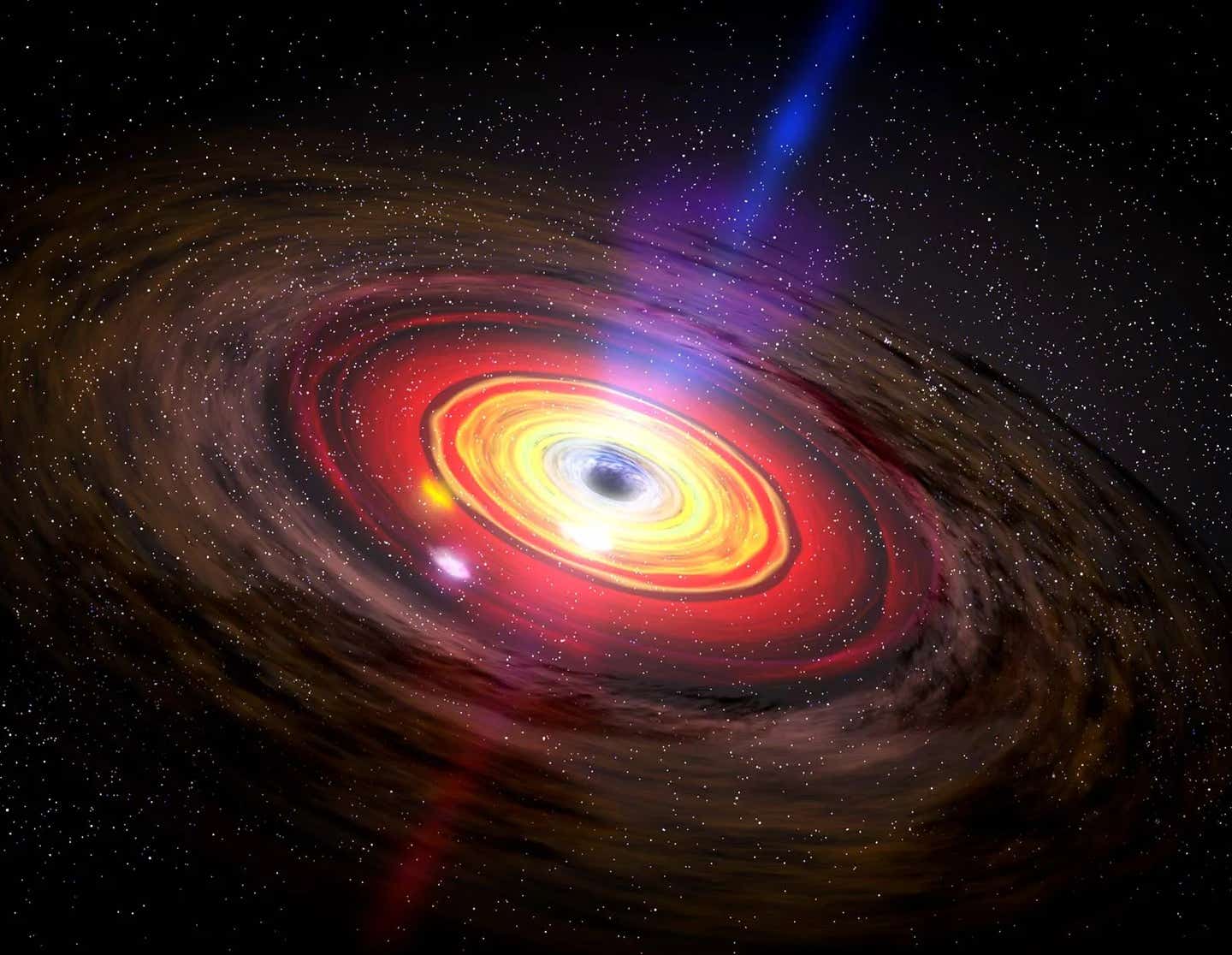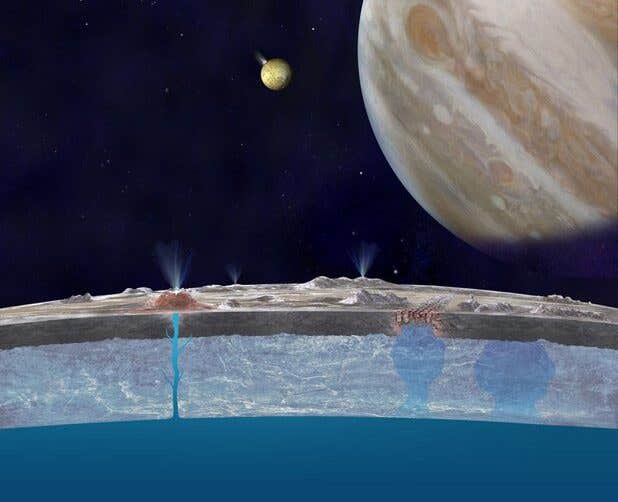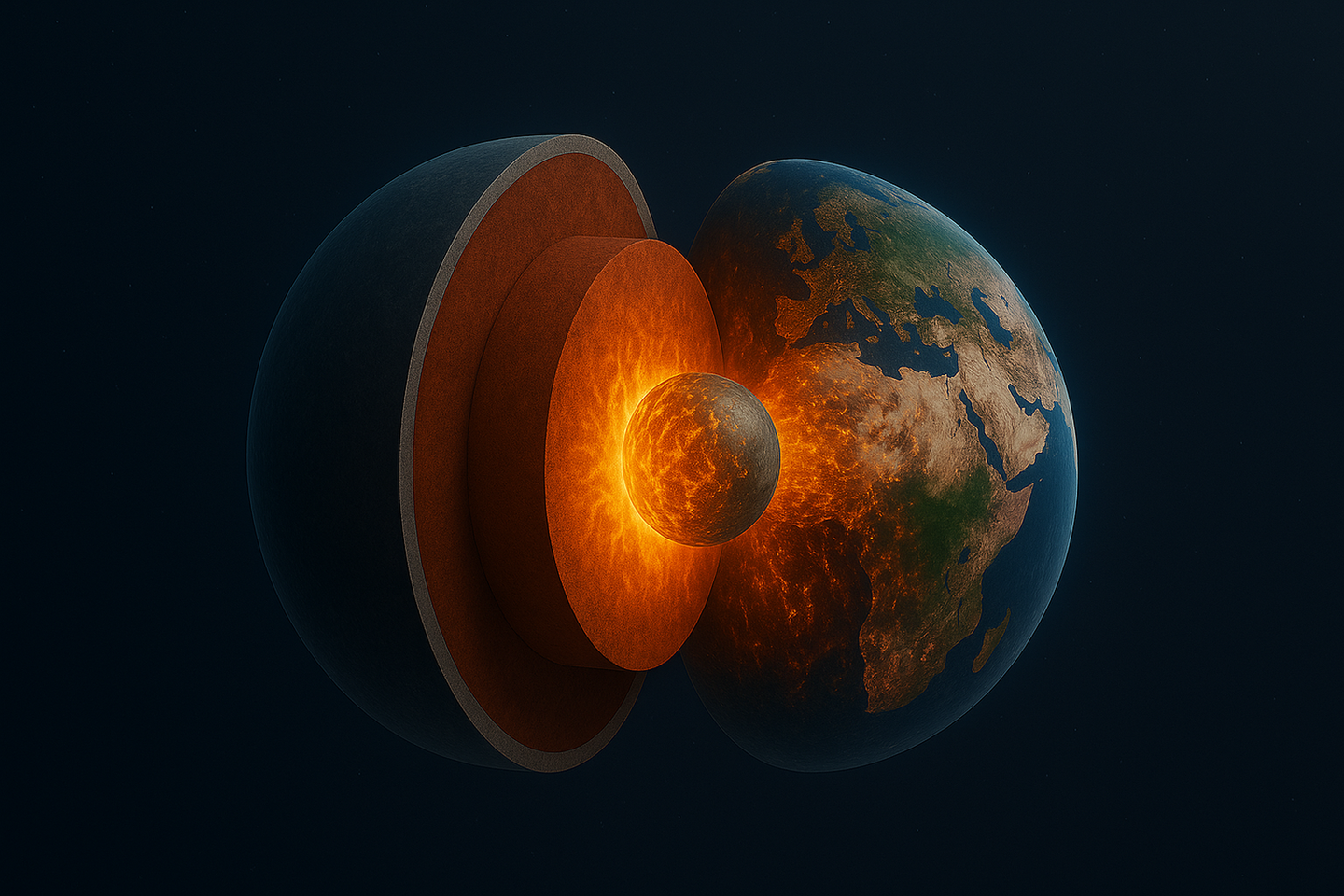Scientists discover the source of X-ray radiation from black holes
The team successfully modeled how radiation, plasma, and magnetic fields interact in the extreme environments around black holes.

Astronomers have made a breakthrough in a quest that began in the 1970s: they’ve explained the X-ray radiation from the surroundings of black holes. (CREDIT: Britannica)
Researchers at the University of Helsinki have made a breakthrough in a quest that began in the 1970s: they’ve explained the X-ray radiation from the surroundings of black holes. This radiation, it turns out, originates from the chaotic interplay of magnetic fields and turbulent plasma gas.
By using advanced supercomputer simulations, the team successfully modeled how radiation, plasma, and magnetic fields interact in the extreme environments around black holes. Their findings reveal that the chaotic, turbulent movements caused by magnetic fields heat the local plasma, leading it to emit X-ray radiation.
Understanding X-ray radiation from the accretion disks of black holes has been a challenge for decades. Black holes themselves are formed when massive stars collapse, creating such a dense concentration of mass that even light cannot escape their gravitational pull. As a result, black holes cannot be observed directly, but their presence can be inferred from their effects on the surrounding environment.
Many black holes exist in binary star systems, where they orbit a companion star. As the black hole’s gravity pulls matter from its companion, this matter often forms an accretion disk—a swirling, luminous disk of gas and dust that spirals inward towards the black hole. These accretion disks are a significant source of X-rays, making them observable from Earth. However, understanding how these X-rays are produced has been a complex puzzle for scientists.
Since the 1970s, researchers have attempted to model the radiation from these accretion flows, hypothesizing that the X-rays are generated through the interaction of local gas and magnetic fields. This process is somewhat analogous to how the Sun’s surroundings are heated by its magnetic activity, which leads to solar flares. However, the environment around black holes is far more extreme.
Associate Professor Joonas Nättilä, who leads the Computational Plasma Astrophysics research group at the University of Helsinki, draws a comparison between the flares in accretion disks and solar flares. He explains, “The flares in the accretion disks of black holes are like extreme versions of solar flares.” His team specializes in modeling these kinds of extreme plasma environments.
Related Stories
Through their simulations, the researchers found that the turbulence around black holes is so intense that even quantum effects play a crucial role in the dynamics of the plasma. In the simulated environment, a mixture of electron-positron plasma and photons, the local X-ray radiation can transform into electrons and positrons, which can then annihilate back into radiation when they come into contact.
Nättilä elaborates on this phenomenon, noting that electrons and positrons are antiparticles and typically do not coexist in the same place. However, the highly energetic surroundings of black holes make this possible. In everyday life, radiation doesn’t usually interact with plasma, but near black holes, the photons are so energetic that their interactions become significant. “In everyday life, such quantum phenomena where matter suddenly appears in place of extremely bright light are, of course, not seen, but near black holes, they become crucial,” Nättilä says.
The complexity of the simulations required years of work to incorporate all the quantum phenomena that occur in nature, but the results were groundbreaking. The team successfully demonstrated that turbulent plasma around black holes naturally produces the X-ray radiation that has been observed from accretion disks.
Additionally, the simulations revealed, for the first time, that the plasma around black holes can exist in two distinct equilibrium states depending on the external radiation field. In one state, the plasma is transparent and cold; in the other, it is opaque and hot.
This variation between what is known as the “soft” and “hard” states has been observed in X-ray data from black hole accretion disks. Nättilä points out, “The X-ray observations of black hole accretion disks show exactly the same kind of variation between the so-called soft and hard states.”
The study, published in Nature Communications, marks a significant advancement in our understanding of the extreme environments surrounding black holes. The simulation used in this research is the first plasma physics model to include all the critical quantum interactions between radiation and plasma.
This study is part of a broader project led by Nättilä, which has received a €2.2 million Starting Grant from the European Research Council. The project aims to deepen our understanding of the interactions between plasma and radiation in these extraordinary conditions.
In summary, the work of Nättilä and his team has provided an accurate picture of the origins of X-ray radiation in black hole accretion disks, solving a decades-old mystery in astrophysics. Their findings not only enhance our understanding of black holes but also shed light on the fundamental processes that govern the universe's most extreme environments.
Note: Materials provided above by The Brighter Side of News. Content may be edited for style and length.
Like these kind of feel good stories? Get The Brighter Side of News' newsletter.



